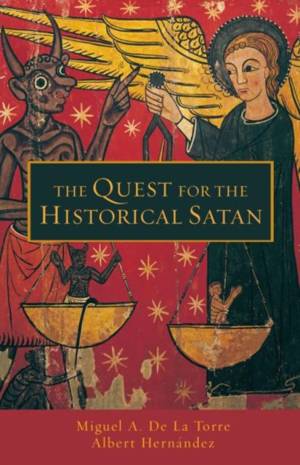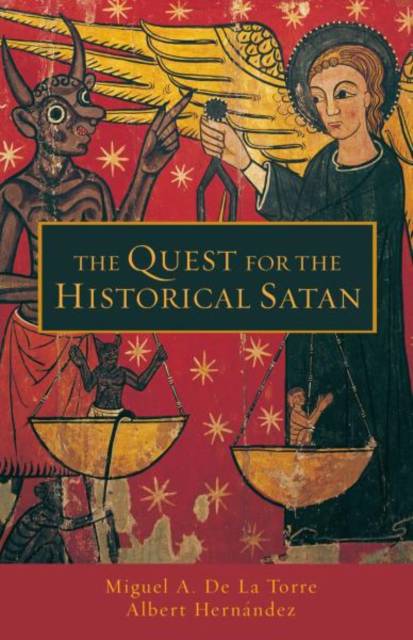
- Retrait gratuit dans votre magasin Club
- 7.000.000 titres dans notre catalogue
- Payer en toute sécurité
- Toujours un magasin près de chez vous
- Retrait gratuit dans votre magasin Club
- 7.000.000 titres dans notre catalogue
- Payer en toute sécurité
- Toujours un magasin près de chez vous
Récompenses
Description
The figure of Satan has for centuries embodied or incarnated absolute evil. Existing alongside more intellectualist interpretations of evil, Satan has figured largely in Christian practices, devotions, popular notions of the afterlife, and fears of retribution in the beyond. Satan remains an influential reality today in many Christian traditions and in popular culture. But how should Satan be understood today?De La Torre and Hernndez's volume probes the murky origins of the satanic legends and beliefs back to their pre-Christian roots in the Middle East. They unearth the Satan's roots in Egyptian and Babylonian understandings of evil. They also show, however, that the ancient Satan has some characteristics we would hardly recognize, especially his appearance in most ancient cultures and survival in many traditional religions as the "trickster" figure. While a minor tradition in historic Christianity, the authors argue, seeing Satan as trickster is historically accurate and holds real promise for Christian rethinking in "theology, philosophy, and practive of evil" and how it can be dealt with. This is a fascinating story that helps the reader reframe basic elements of our worldview of good and evil. This book includes an 8page color gallery.
Spécifications
Parties prenantes
- Auteur(s) :
- Editeur:
Contenu
- Nombre de pages :
- 256
- Langue:
- Anglais
Caractéristiques
- EAN:
- 9780800663247
- Date de parution :
- 01-08-11
- Format:
- Livre broché
- Format numérique:
- Trade paperback (VS)
- Dimensions :
- 154 mm x 229 mm
- Poids :
- 444 g









